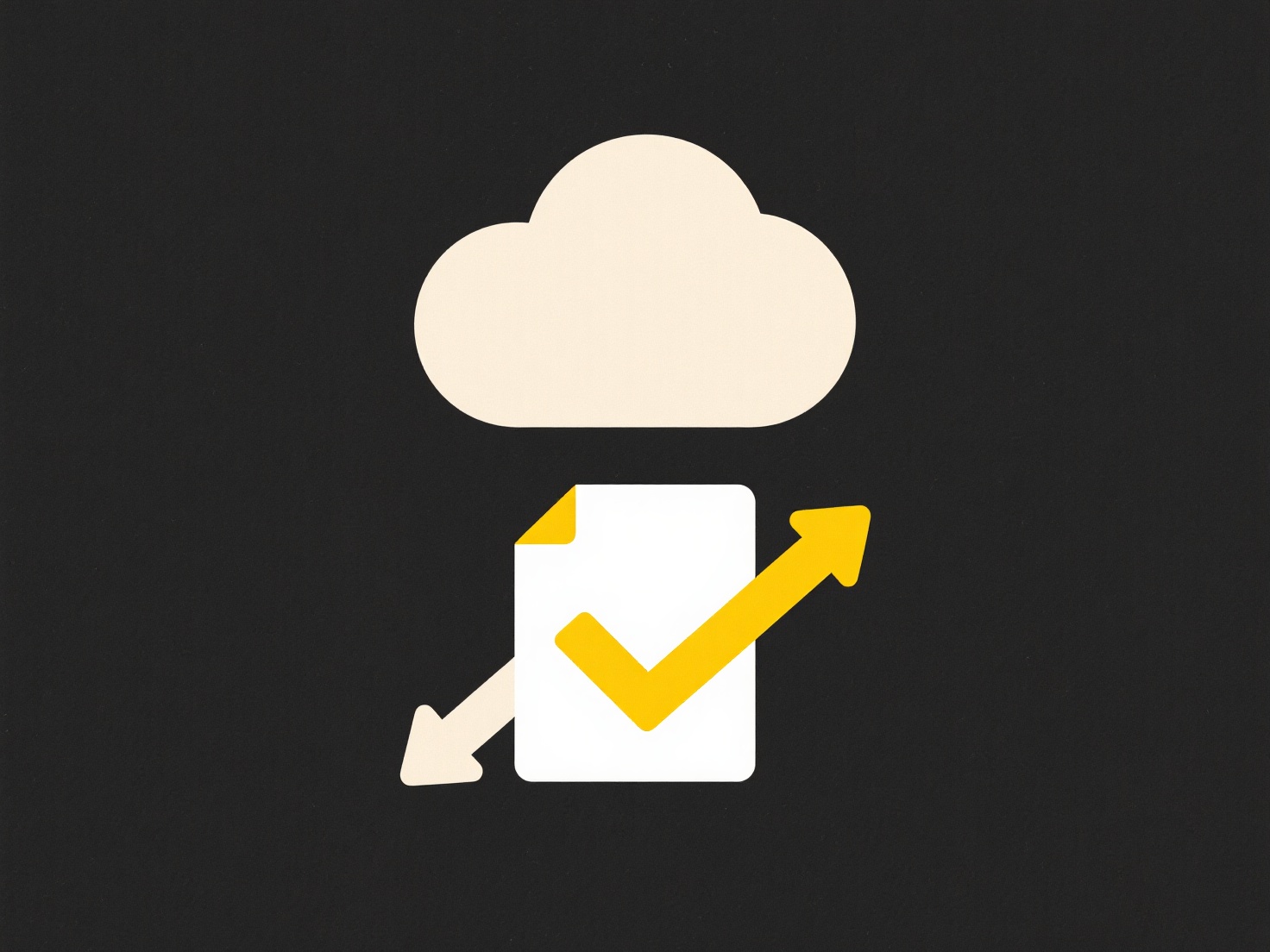
Shared project files are digital assets like documents, images, or code actively worked on by a team. Best practice focuses on ensuring everyone accesses the current version reliably and securely, preventing conflicting changes or data loss. This differs significantly from chaotic email attachments or USB drives by using a dedicated, centralized platform where changes are synchronized and tracked. The core principles involve consistent organization, defined access control, and maintaining version history.

A common implementation uses cloud-based platforms (like Google Drive, SharePoint, Dropbox, or GitHub) as the single "source of truth." For instance, a design team stores all Adobe Creative Suite files in a shared Drive folder with descriptive naming conventions, granting edit access only to specific members. Software development teams rely heavily on version control systems like Git (hosted on GitHub or GitLab), which meticulously tracks code changes, enabling multiple developers to work simultaneously and merge contributions safely.
These practices significantly improve efficiency, transparency, and traceability. Key advantages include reduced errors, better collaboration, and easier recovery of previous versions. However, limitations include potential security risks if access isn't managed carefully and reliance on stable internet. Ethically, managing access permissions protects sensitive information. Future developments focus on enhanced real-time collaboration and automated workflows, driving continued adoption as teams become more distributed.
What’s the best practice for sharing project files with a team?
Shared project files are digital assets like documents, images, or code actively worked on by a team. Best practice focuses on ensuring everyone accesses the current version reliably and securely, preventing conflicting changes or data loss. This differs significantly from chaotic email attachments or USB drives by using a dedicated, centralized platform where changes are synchronized and tracked. The core principles involve consistent organization, defined access control, and maintaining version history.

A common implementation uses cloud-based platforms (like Google Drive, SharePoint, Dropbox, or GitHub) as the single "source of truth." For instance, a design team stores all Adobe Creative Suite files in a shared Drive folder with descriptive naming conventions, granting edit access only to specific members. Software development teams rely heavily on version control systems like Git (hosted on GitHub or GitLab), which meticulously tracks code changes, enabling multiple developers to work simultaneously and merge contributions safely.
These practices significantly improve efficiency, transparency, and traceability. Key advantages include reduced errors, better collaboration, and easier recovery of previous versions. However, limitations include potential security risks if access isn't managed carefully and reliance on stable internet. Ethically, managing access permissions protects sensitive information. Future developments focus on enhanced real-time collaboration and automated workflows, driving continued adoption as teams become more distributed.
Quick Article Links
How do I create a consistent file naming system for my team?
A consistent file naming system is a predefined set of rules structuring how files are titled, typically including eleme...
How do I ensure no duplicate names when renaming files in bulk?
How do I ensure no duplicate names when renaming files in bulk? When renaming numerous files simultaneously, conflicts...
How do I audit duplicates in a content management system?
Auditing duplicates in a content management system (CMS) involves systematically identifying and managing redundant copi...